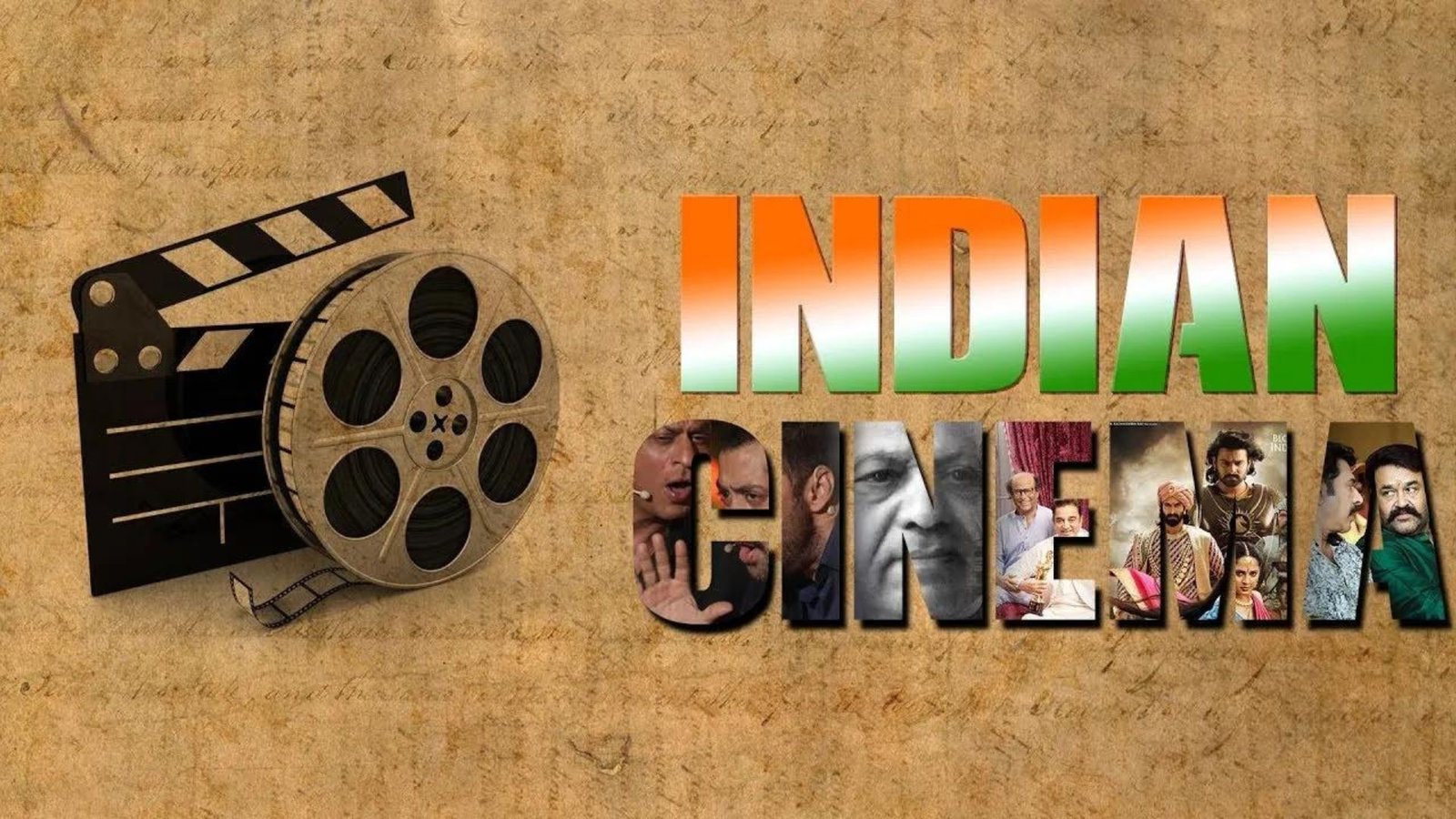The Role of Indian Cinema in Social Change
Indian cinema, with its vibrant storytelling and cultural depth, has played a pivotal role in driving social change throughout its history. Beyond mere entertainment, films have served as a mirror to society, reflecting and sometimes challenging prevailing norms, values, and social issues. This article explores how Indian cinema influences social change, shaping societal attitudes and contributing to the ongoing dialogue about various aspects of life in India.

Reflecting Societal Issues
Addressing Social Problems
Indian cinema often addresses pressing social issues, using storytelling as a medium to highlight problems such as poverty, gender inequality, and corruption. Films like “Mother India” and “Paan Singh Tomar” delve into the struggles of marginalized communities, bringing their challenges to the forefront. By portraying these issues, cinema raises awareness and encourages audiences to engage with and address these societal problems.
Challenging Gender Norms
Indian films have historically played a significant role in shaping and challenging gender norms. Movies such as “Queen” and “Piku” present strong, independent female characters who defy traditional expectations and explore themes of female empowerment and self-discovery. By presenting diverse and progressive portrayals of women, Indian cinema contributes to changing societal attitudes toward gender roles and women’s rights.
Promoting Cultural Diversity
Showcasing Regional Stories
Indian cinema is known for its rich tapestry of regional films that highlight the diverse cultures, languages, and traditions of the country. Films like “Lagaan” and “Satyajit Ray’s Apu Trilogy” celebrate India’s cultural heritage and foster a sense of unity among its diverse population. By showcasing regional stories, cinema promotes cultural understanding and appreciation, bridging gaps between different communities.
Exploring Modern Issues
In recent years, Indian cinema has increasingly explored contemporary issues such as LGBTQ+ rights, mental health, and environmental concerns. Films like “Badhai Do” and “Chhichhore” tackle these topics with sensitivity and nuance, contributing to a broader societal dialogue. By addressing modern issues, Indian cinema helps to foster a more inclusive and empathetic society.
Influencing Policy and Public Opinion
Shaping Public Discourse
Indian cinema has the power to shape public discourse by influencing opinions and attitudes toward various social issues. Filmmakers often use their platforms to advocate for change and provoke thought. For instance, “Article 15” addresses caste discrimination and promotes discussions about social justice. The impact of such films extends beyond the screen, influencing public opinion and encouraging policy discussions.
Inspiring Social Movements
Cinema can inspire social movements by highlighting the struggles and triumphs of individuals and communities. Films like “Swaas” and “Taare Zameen Par” have sparked conversations about disability rights and education reform, respectively. By bringing these issues to a wider audience, Indian cinema plays a role in galvanizing support for social causes and driving grassroots movements.
Fostering Artistic Expression and Innovation
Encouraging Creativity
Indian cinema encourages artistic expression and innovation, providing a platform for filmmakers to explore new ideas and experiment with storytelling techniques. The rise of parallel cinema and independent films has introduced fresh perspectives and diverse voices to the industry. Filmmakers like Anurag Kashyap and Zoya Akhtar push boundaries and challenge conventions, contributing to a dynamic and evolving cinematic landscape.
Promoting Inclusivity
The growth of digital platforms and streaming services has democratized access to Indian cinema, allowing for a wider range of stories and voices to be heard. This inclusivity fosters a more diverse and representative film industry, where different experiences and viewpoints can be shared and celebrated.
Conclusion
In conclusion, Indian cinema plays a crucial role in driving social change by reflecting societal issues, challenging norms, and promoting cultural diversity. Through its portrayal of diverse stories and exploration of contemporary issues, cinema contributes to shaping public opinion and inspiring social movements. As Indian cinema continues to evolve, its influence on social change will remain a significant and powerful force.



